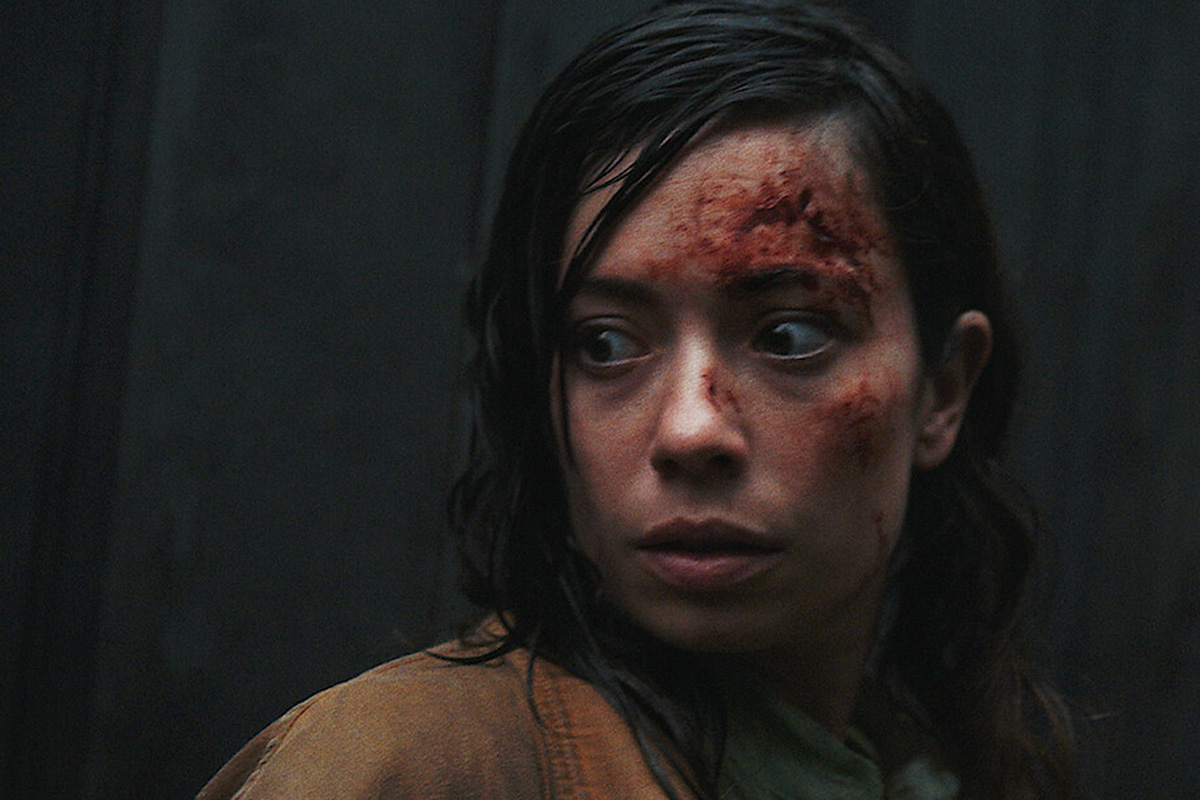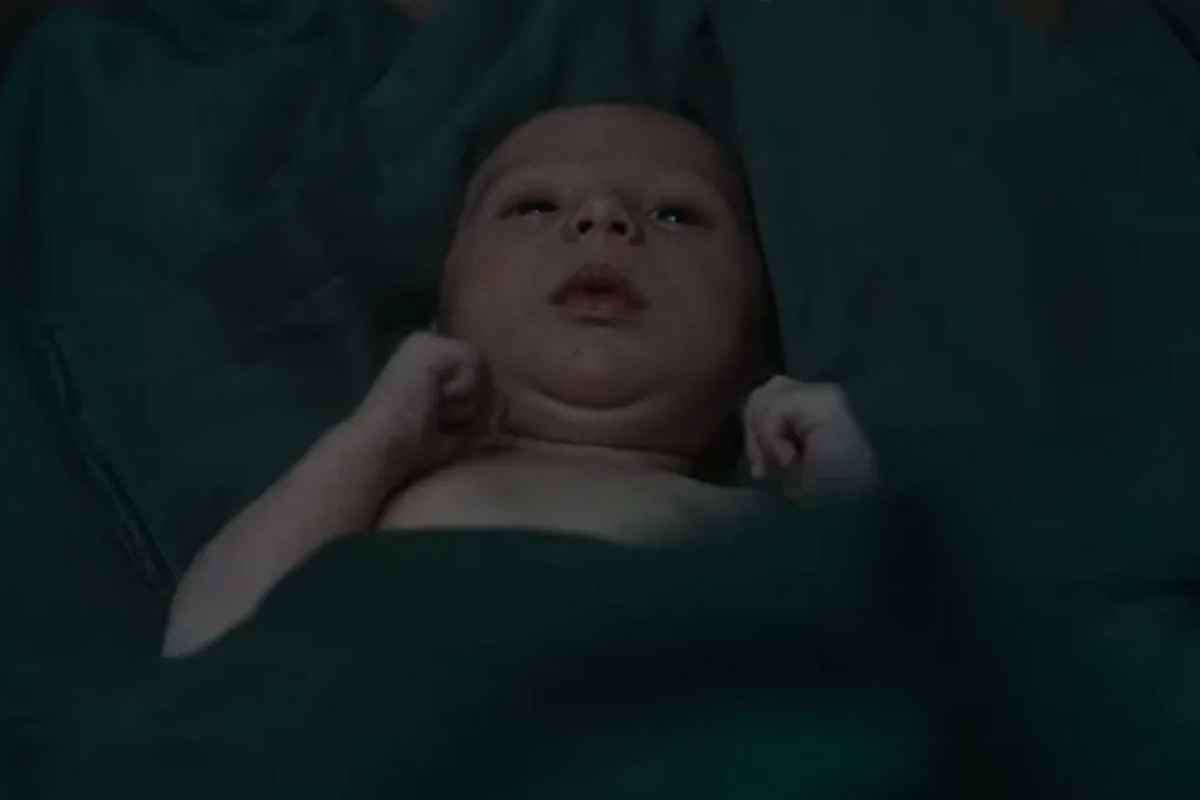When it comes to survival thrillers, we’re all in for a heart-racing, edge-of-your-seat experience that makes us question, ‘What would I do?’ The 2023 flick ‘Nowhere’ promised just that, plunging us into the thick of an intense struggle for survival. But as much as we want to lose ourselves in the reel world, our inner critic can’t help but spot those ‘Wait a minute…’ moments. Let’s be honest, we love to nitpick, especially when it comes to movies that have us suspend our disbelief just a tad too much.
From forums to coffee tables, ‘Nowhere’ has sparked some lively debates. Fans and foes of the film alike have pointed out a few hiccups that make you go, ‘Hmm.’ We’re not talking about small, easily forgivable slips here; these are those face-palm-worthy lapses that make you wonder if the filmmakers consulted a real-life human before rolling the camera. So, let’s dive in and sift through the top five ‘Did they really just…?’ moments that have viewers scratching their heads.
The Unrealistic Depiction of Postpartum Recovery

One of the most glaring inconsistencies pointed out by viewers is the immediate postpartum condition of the protagonist, Mia. In reality, a woman’s abdomen does not magically revert to its pre-pregnancy state right after giving birth. It usually takes weeks, months, or even years for the body to recover fully, and in some cases, it might not return to its former shape at all. The film, however, portrays Mia with a nearly flat stomach shortly after delivering her child, a depiction that is far from the reality faced by new mothers.
Misrepresentation of Newborn Umbilical Cord Practices

The film also stumbles when it comes to the handling of the newborn’s umbilical cord. In a realistic scenario, the umbilical cord is clamped and cut after birth, with the remaining stump typically falling off within a couple of weeks if kept clean and dry. Contrary to this, “Nowhere” seemingly overlooks these details, as Mia’s baby is shown without an umbilical cord soon after birth. This oversight undermines the authenticity of the childbirth and immediate postpartum scenes.
Breast Milk Color and Composition
In the film, Mia is seen breastfeeding her newborn with milk that appears white, akin to what one might expect from a dairy product. However, in the initial days following childbirth, the breast milk produced, known as colostrum, is typically yellow and translucent, rich in antibodies and nutrients crucial for the newborn’s health. The inaccurate portrayal of breast milk in the movie misses an opportunity to educate viewers about the natural aspects of nursing.
The Utilization of Survival Resources

Mia’s survival tactics have been a subject of scrutiny among viewers. Although the film introduces several potential survival tools, including Tupperware and earphone cables, it has been argued that Mia could have utilized these items more effectively. Moreover, the use of a drill to create an escape route is critiqued for its lack of practicality. Instead of drilling random holes, a more systematic approach or enlarging an existing crack would have been a more efficient use of the limited battery life of the drill.
Inconsistencies In Food Choices And Hazards

A few viewers have raised eyebrows at Mia’s food choices and the handling of potential hazards. The protagonist is seen eating a placenta but later forgets about the availability of other food items, like a Snickers bar, which could have provided much-needed energy. Additionally, the film includes a scene where Mia risks her life and that of her newborn in pursuit of a photograph, a decision that seems improbable given their dire circumstances. Furthermore, the absence of any concern for potential diseases or infections, especially in such unsanitary conditions, is another point of contention.
While ‘Nowhere’ delivers a suspenseful narrative of survival against all odds, these logical inconsistencies detract from its believability. Addressing such details could have enhanced the film’s authenticity, providing a more grounded and relatable portrayal of the harrowing journey of its protagonists.




















